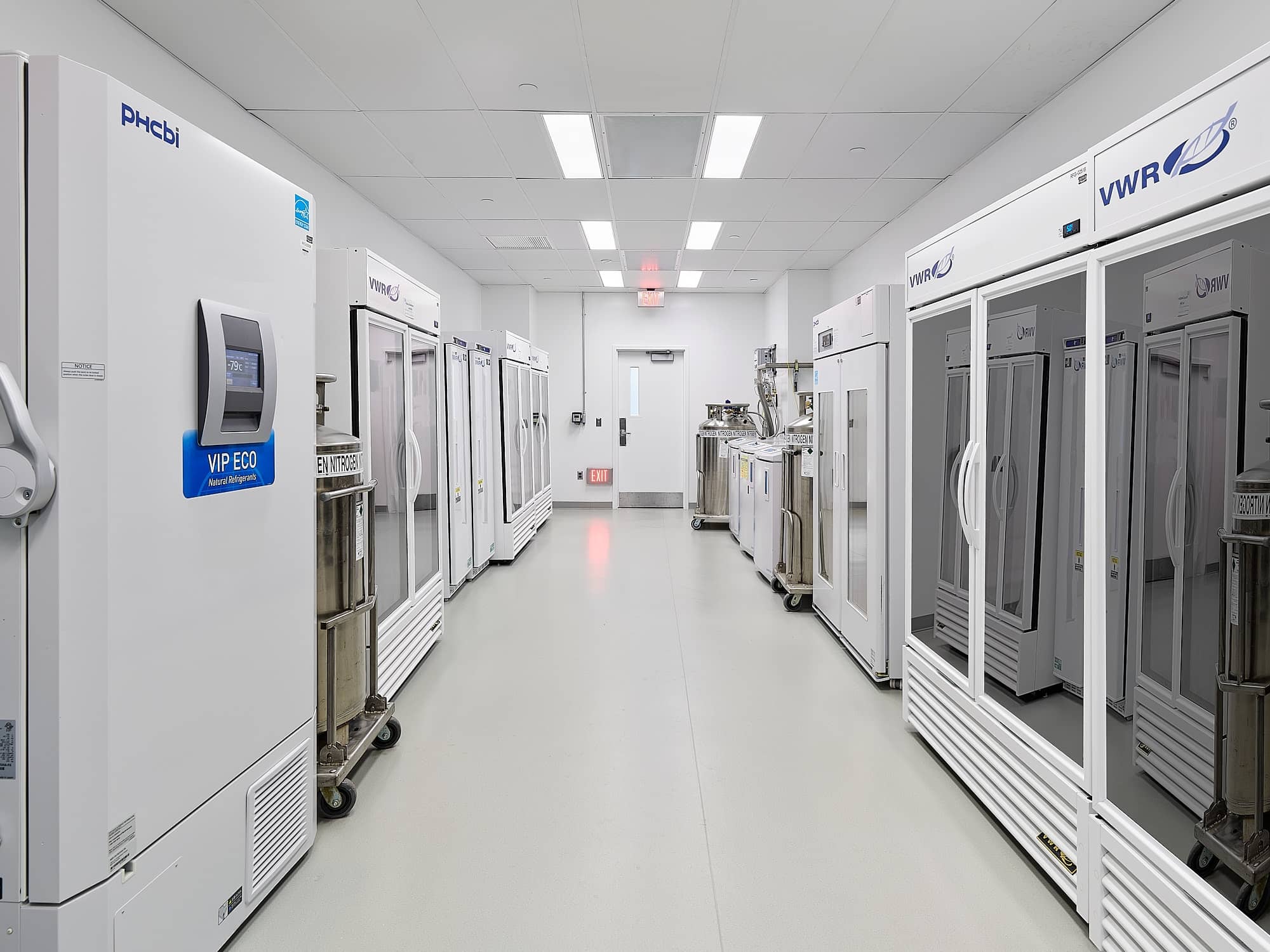Scaling Up Gene Therapy Manufacturing: Strategies to Overcome Capacity Challenges

As vector-delivered advanced therapies inch towards commercialization, a significant bottleneck has emerged: experienced manufacturing capacity. This critical issue has the potential to delay life-saving therapies from reaching patients in need. In a groundbreaking talk, industry experts delve into the crucial challenges in scaling up gene therapy manufacturing and offer strategies to alleviate these roadblocks.
The capacity conundrum
Bringing vector-delivered advanced therapies to market is a race against time – a race where manufacturing capacity for your specific vector often emerges as a significant hurdle. As demand grows, many manufacturers find themselves grappling with limited production capabilities (e.g., rapid drug product filling), hindering the swift delivery of therapies to patients. Addressing this challenge is not just a matter of efficiency; it’s about saving lives.
Early process development
One of the keys to overcoming manufacturing capacity challenges lies in early process development. This preparatory step plays an integral role in paving the way for clinical and commercial manufacturing. By optimizing processes at the outset, companies can streamline production, lower costs, and accelerate time to market. It’s a strategic investment that pays dividends throughout the entire development journey.
Modular cleanrooms, a path to rapid vector production
The video delves into the flexible potential of modular, commercial-ready cleanrooms. These adaptable, configurable spaces are designed to accommodate unique process needs of various vector types, scales, and non-viral modalities, providing a dynamic environment that fosters rapid and high-yielding manufacturing. By leveraging modular cleanrooms, manufacturers can navigate the complexities of scale-up with flexibility and efficiency.
The challenges of scaling up gene therapy manufacturing are significant, but they are not insurmountable. Through early process optimization and the strategic adoption of modular, adaptable cleanrooms, manufacturers can alleviate capacity constraints and expedite the delivery of transformative therapies to patients. The insights shared in this talk shed light on the path forward, offering a blueprint to overcome challenges and unlock the full potential of gene therapy manufacturing.
